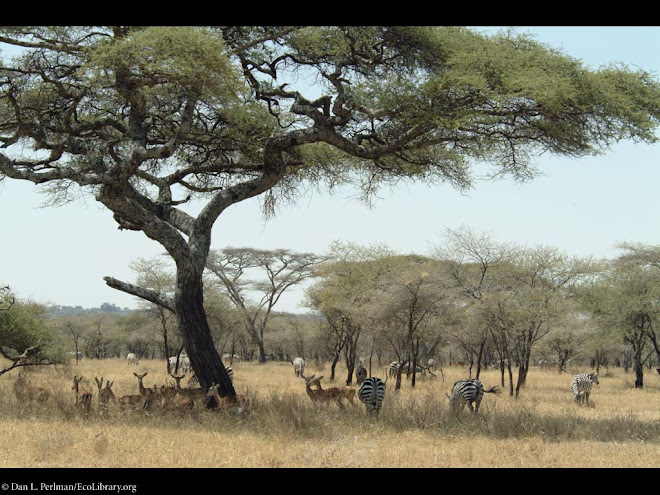Productivity Summary and Analysis of Tanzania
The productivity of a country is strongly linked to its standard of living so analyzing the four determinants will strengthen our knowledge of Tanzania’s well-being. Firstly, Tanzania’s GDP is 54 billion and is the 88th in the world. It is a developing country as its GDP real growth rate is 7 percent and it continues to rise in the past 10 years or so. Most of Tanzania’s economy revolves around agriculture because agriculture accounts for 40% of the GDP, provides 85% of the exports, and employs about 80% percent of the workforce. So looking at an initial glance, it seems apparent that Tanzania must diversify its economy and try to invest in more industries in the 21st century. Since technology is such a huge part of a country’s productivity, Tanzania must improve this area to increase GDP and the lifestyle in Tanzania. The University of Pennsylvania says that “Africa is the lost continent of Information technology. Tanzania spends about .2 % of its GDP research and development in technology which is much lower than the average 1% in sub-Saharan Africa (A.V.Y Mbelle). Technological advancement has been a problem for Tanzania because of growing monetary problems and the growing global recession. The government is trying to attract foreign companies with subsidies to invest new technologies in Tanzania and that continues to be a growing issue. A major policy called the Education and Training Policy in 1995 was passed to promote higher education in the technological education and scientific knowledge. This policy encouraged and gave incentives for businesses to invest in private and public education. As a result a decade later, privatization occurred and primary schools increased by 30% and secondary schools increased by 195%. Enrollment for higher education increased from about 8,000 to about 25,000. Tanzania has also invested in better healthcare for the public because better healthcare can easily improve productivity. The numbers of health centers and health facilities have increased tremendously. The challenges still remain due to the growing poverty that continues to exist in this tough global recession. Tanzania must still invest more in healthcare because they are falling behind compared to its sub-Saharan neighbors in the life expectancy numbers
Relating to human capital, there is a shortage of investment in higher education such as engineering and the sciences which I will be discussing about more in the Savings and Investment section. Another main challenge is the poverty level in Tanzania which is stated at 36% of people living below the poverty line. This is due to the increase in HIV/AIDS over the years which hinders productivity and shortens the life expectancy which is at 51 years and is about the bottom 5% in the world. This hinders productivity because a healthier population will lead to a more productive nation. HIV and Aids increase the rate of malnutrition because of how deadly and easily the virus can be passed onto other people. Due to limited financial resources, health care and education continue to be difficulties in productivity but more investment continues to be underway in both categories. By investing in major policies of primary and secondary schooling, human capital will raise productivity (A.V.Y Mbelle). Tanzania nowadays have jobs that don’t require much skill and this is the reason why an investment in the education will help create more jobs with a higher level of education to compete in the 21st century global market.
Much of the physical capital in Tanzania is measured in total capital formation and this has doubled in the last ten years due to investment in human resources. Much of the increase in the capital formation is due to industrial equipment in direct production of goods. Tanzania must give its country the tools for workers to maximize output in a tough global recession. Physical capital ties much into the technology being used because more efficient workers will use better equipped tools with higher levels of technology to get the job done. Much of the manufacturing industry comes from the food and beverage market. Comparing to the United States, the reason why there is a huge productivity gap is due largely to its lack of technology. The United States has funded much long-term investment in technology to get to the point where they are at. One doesn’t see that many farmers using plows but more tractors because they want to create the maximum efficiency of output (A.V.Y Mbelle). Finally, one of the most outstanding things about Tanzania is its reliance on its local natural resources. Much of the population relies on fisheries, forestry, and wildlife as their resources. It is a coastal country next to the Indian Ocean which covers about 64,000 kilometers of marine life. Yet sometimes, the lack of proper management hinders more growth in the GDP as fisheries take about 1.6% of the GDP. Even though Tanzania has some natural resources, it still must import many of their natural resources such as oil, coal, and other commodities. The catch-up effect takes a huge role in the economy of Tanzania because a poorer country’s increase in the amount of capital per worker will substantially raise worker’s productivity in the long-term (Mankiw, Gregory). Even though Tanzania’s productivity appears to be low, it has taken huge strides in the past 20 years to be a stable country in the future.
Wednesday, December 9, 2009
Subscribe to:
Post Comments (Atom)


great blog! My coutry, Haiti has a corupted goverment too and i definatly think that it is important to make sure that the goverment gets under control because with an almost non functioning goverment things cant get done. I think your recomidation would work great and I think i should have made a policy like that in my country! good job!!!
ReplyDelete